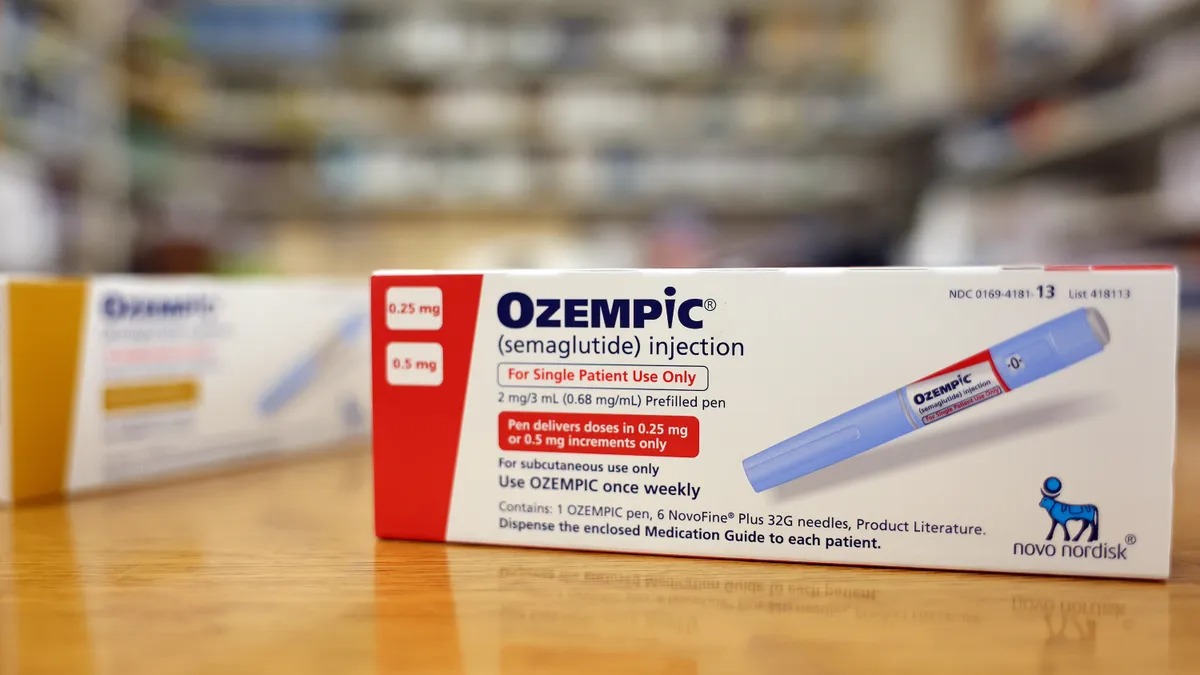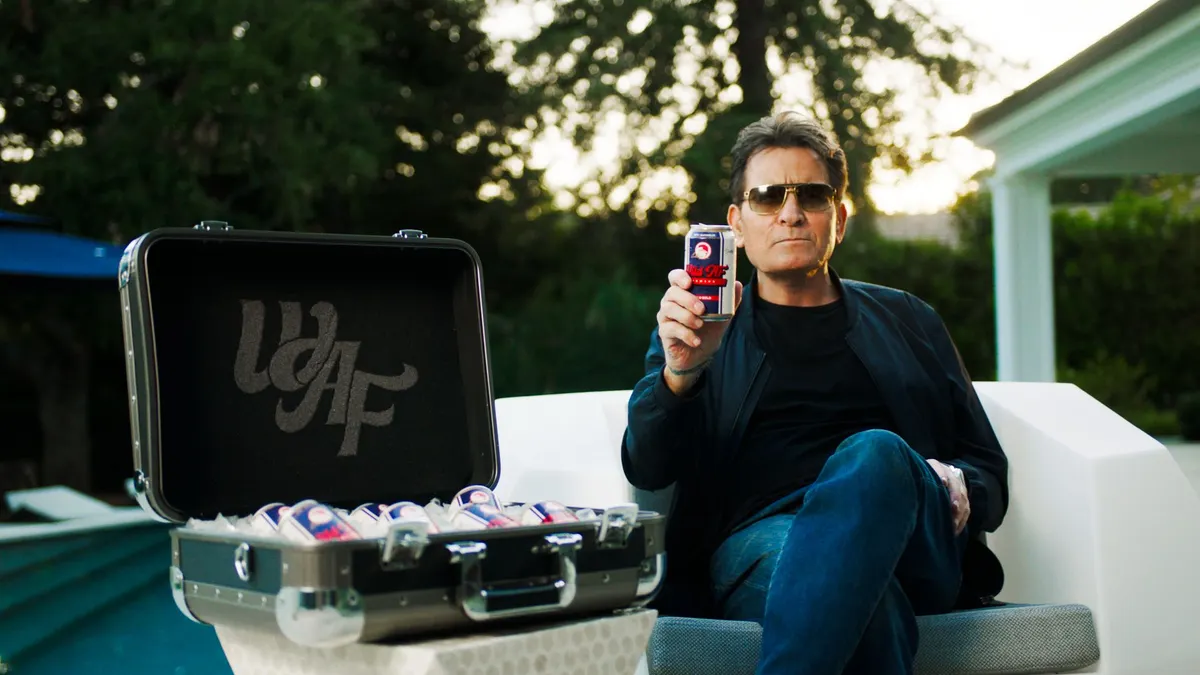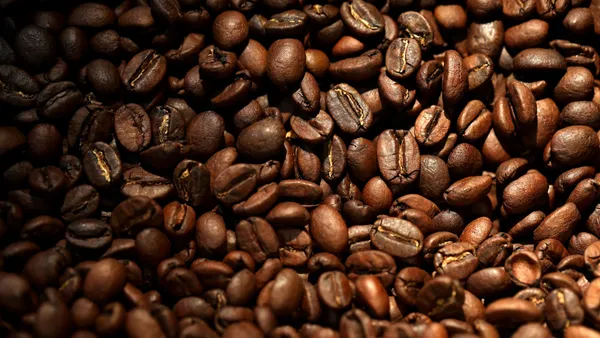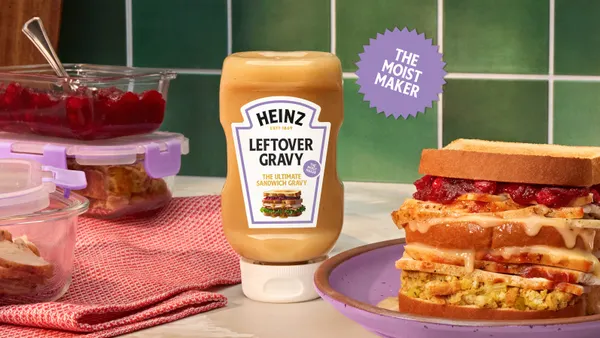Households with users of GLP-1 medications for weight loss are set to account for more than a third of food and beverage sales over the next five years, and stand to reshape consumer preferences and purchasing patterns, according to a new Circana report.
Around 23% of U.S. households currently have a member using GLP-1 drugs, like Ozempic or Wegovy, the report found. By 2030, these households are projected to represent 35% of all food and beverage units sold.
The findings hold major implications for food and beverage companies who are starting to navigate how GLP-1s impact consumer preferences and purchasing behavior. Weight loss drugs suppress appetite and push consumers toward healthier and convenient offerings with high protein, fiber, energy or hydration benefits, Circana found.
Consumers on GLP-1s are more likely to avoid items high in carbohydrates and sugars, making them less likely to pick up a traditional soda or a bag of chips.
“The rise of GLP-1 medications is a huge moment for the CPG industry,” Sally Lyons Wyatt, global executive vice president and chief advisor for Circana, said in a statement. “Our research shows shopper priorities are evolving quickly and dramatically.”
Shifting preferences have already pushed some food giants to position their products to capture this fast-growing cohort of consumers. Companies like Conagra, Danone and even ramen maker Nissin, have begun formulating offerings meant to help consumers meet weight loss goals.
Importantly, while GLP-1 users are buying less groceries, they still spend more compared to non-users, according to Circana. An ADM report found 80% of consumers taking these drugs are willing to pay more for food and beverage products that provide added health benefits, and 67% said GLP-1 friendly attributes are important factors in purchasing decisions.
Companies are also beginning to contemplate how to support consumers who start and stop these medications. While many consumers may keep their healthier eating habits after ceasing the medication, according to ADM, 76% regained at least some of the weight they lost, which could push them back to restarting GLP-1s.
Around 65% of consumers say they would consider restarting GLP-1s to limit food cravings or “noise,” ADM found. To reach consumers that have ceased GLP-1s, ADM said companies should focus on foods with ingredients that increase the perception of fullness.
Half of previous GLP-1 users are likely to use the medications again in the future, according to Circana, which could carry major implications as consumers move in and out of active medication use while trying to retain the health-conscious behaviors they adopted.
”The key to future success will be adapting product selections and marketing to line up with the new health-focused mindset of this growing group of shoppers,” Lyons Wyatt said.














